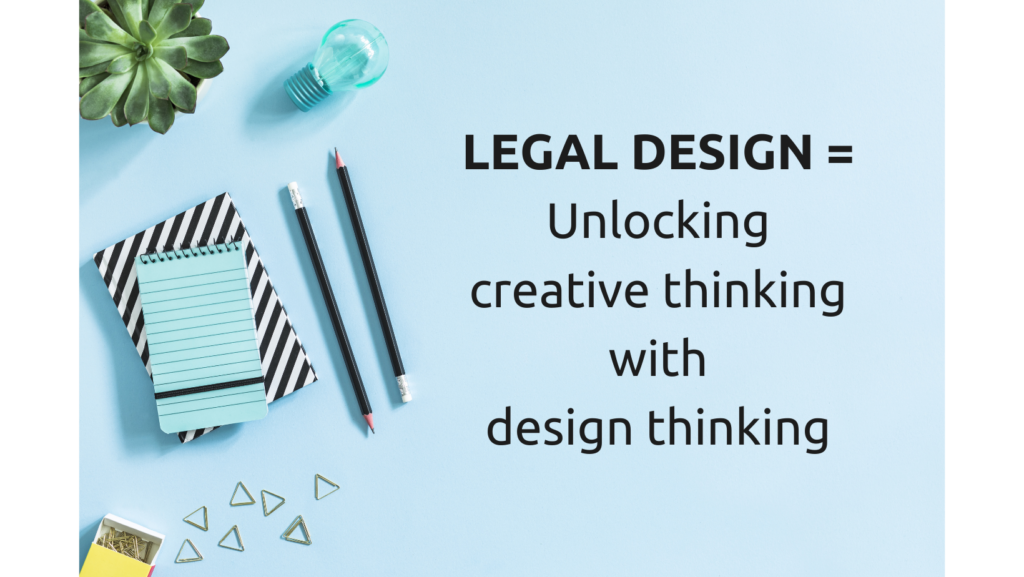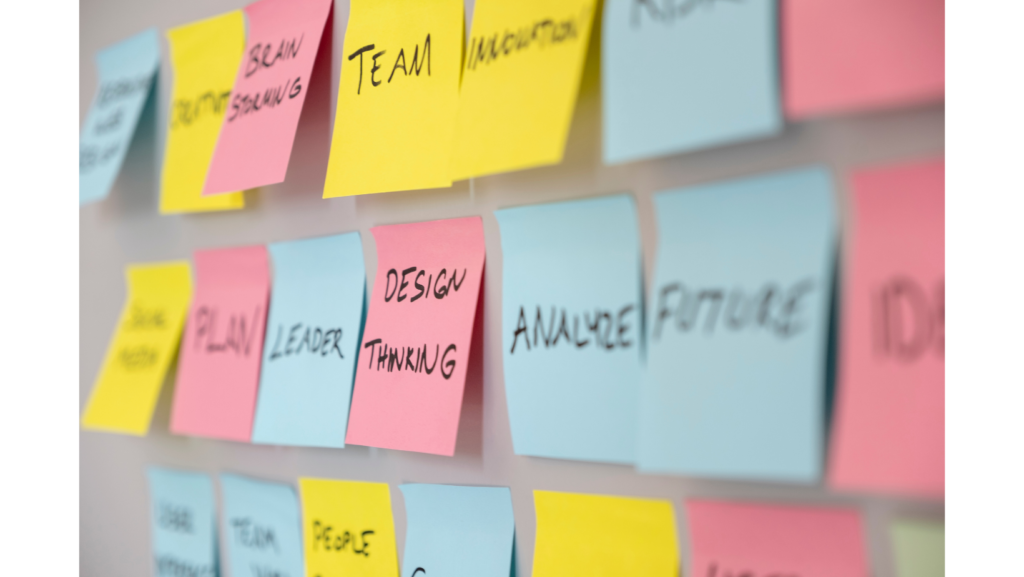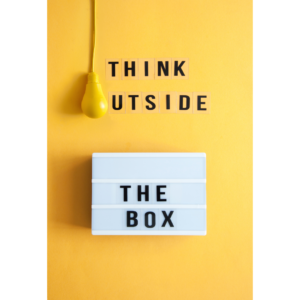We know that design thinking is a little bit special. We know that the change in mindset it generates is what also makes Legal Design a little bit special. Naturally, when we were asked to take part in a panel with Client Talk and the fabulous Stefania Passera, of Passera Design, we jumped at the chance to share our knowledge with a room full of lawyers and clients looking to find out more about the value of legal design.
what were our takeaways?
design thinking is transformational.
That is a pretty bold statement. IDEO, a great design thinking resource, says that thinking like a designer can transform the way that organisations develop products, services, processes, and strategies. It allows those who aren’t trained as designers to use creative tools to address a vast range of challenges. We explored this statement and agreed that when applied to a host of challenges that we face, design thinking can provide transformational results.
it drives collaboration.
The stages of design thinking are all about the users. We have written about this before. However, what is truly magical is that it doesn’t just encourage collaboration with users, it encourages collaboration with other disciplines too. We do that here at Lawbox Design by bringing lawyers, project managers, and designers together and it is just one of the many reasons why, for us, design thinking is the future.
it gives us permission to fail.
Design thinking gives us permission to fail, which is really important for professional services firms (yes, us lawyers, amongst others) who are trained not to fail. That ability to fail is something that is really important, particularly when we’re thinking about innovation.
Design thinking provides a framework that can really help enable people to move outside of their comfort zones. That is the zone where the magic happens.
test, test, test.
All too often we get to what we think is the end and we stop. Design thinking isn’t linear and it forces us to test. Does the user like what has been produced? Does it solve the problem? Test it out and ask them!
how do we apply design thinking to the legal world?
Do we just need trendier offices or nice coloured contracts? Legal design is much more than choosing a cool font. It’s a mindset. It’s a culture. It’s a way of life in how you deliver your work. It’s about taking all that design thinking and applying it to the legal industry.
Design thinking is about putting people first, our clients in this case. Design thinking is all about how we might do things better. And that is what we need to apply to our thinking as lawyers.

comparing the lawyer and the designer mindset.
Let’s compare the lawyer and the designer mindset. Clients contact lawyers to solve their legal issues. Traditionally, we use our own expertise, the knowledge that we have already gained to resolve the problem. If we’ve been around for a while, we have seen the problem before and so we know the answer. Trainee lawyers themselves benefit from the experience of senior lawyers who again, already know a bunch of the answers because they’ve seen it before.
Compare this to designers. First, they aim to understand what the client needs. They have no answers at this stage. They then get to the point where they research all aspects of the problem. They’ll do things like hackathons or design jams, and they brainstorm ideas. They then begin to solve the issue by trying out different possibilities. They take on feedback, they adapt, they improve things.
So how do we apply this to the law in reality? We need to start solving problems by focusing on empathy with the client. It’s bringing an approach to law that’s creative, it’s collaborative, and doesn’t aim at perfection the first time.
What’s a good example of legal design?
Legal designers can improve legal services by turning legal documents into something people can read. However, we can also apply design to the world of law by creating and communicating information. In a way that’s functional, that’s pleasing. It might involve implementing a whole new service or product, such as a digital interface for people to navigate their legals through. It might just be a way to innovate, carrying out processes within an organization, helping people to collaborate more effectively and efficiently. It could be anything, and that’s the point.
Lawyers benefit from doing things in new ways, we learn from others, from collaborating with others.
why is design thinking so important to the NOW?
The world is busy. Businesses need to make decisions faster than ever before. Traditional old-style contract templates that involve months of back and forth negotiations, just won’t cut it anymore. What we’re seeing is other industries that are already doing this, and have been doing it for years, and have been successful at doing it. The time is now for legal to really stand up and pay attention.

implementing design thinking.
Start with a change in mindset. The key here is to start each project as if it were a clean slate, with no preconceived ideas. It’s about having an open mind to novelty. Don’t pre-define a solution or format from the outset, try different things.
Every project will be different and there’s not really a legal design template. Engage in the process of design thinking; it helps to create a dynamic relationship with clients.
is design thinking just a fad, or is it here to stay?
At Lawbox Design we want Legal Design to be here for the long term! Legal design is relatively new and, whilst we have been talking about it for a few years, the practice of it is still quite new. However, other services have been leveraging the designer’s mindset for years, and they’ve done it successfully. It’s already transformed most services. The legal ecosystem is next.
